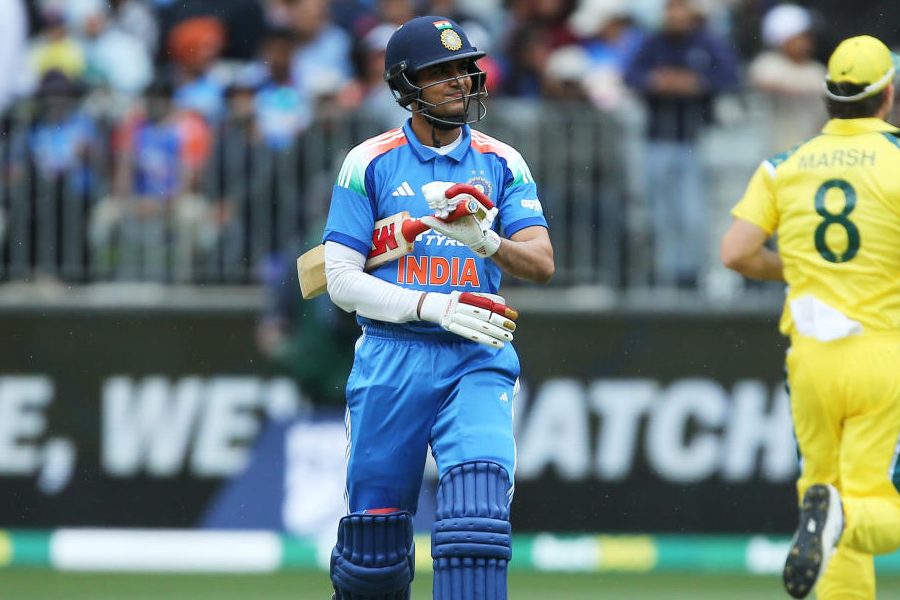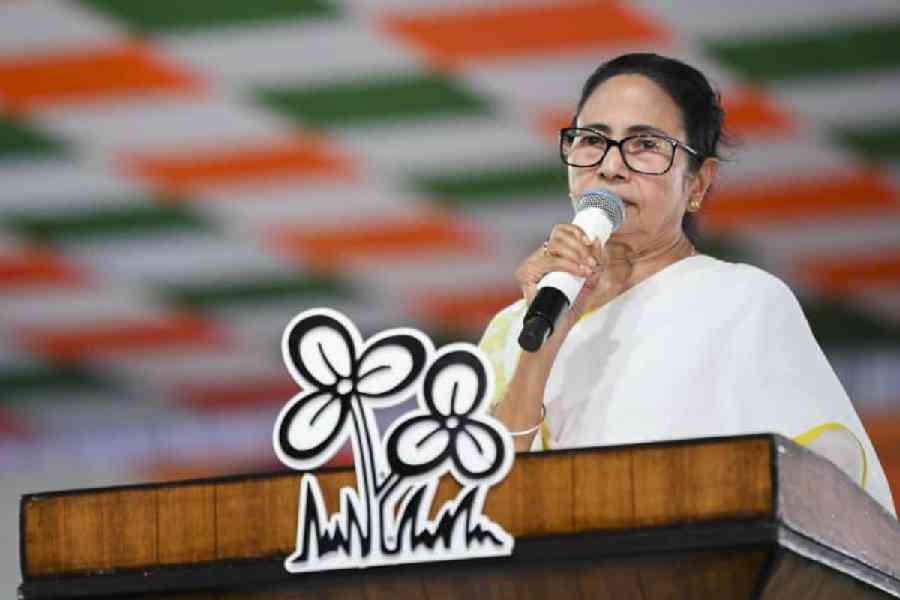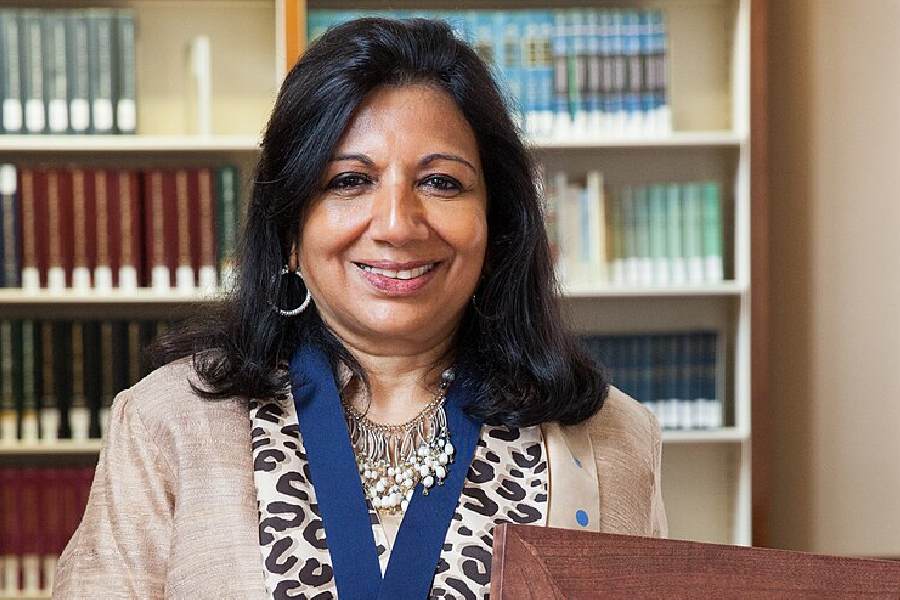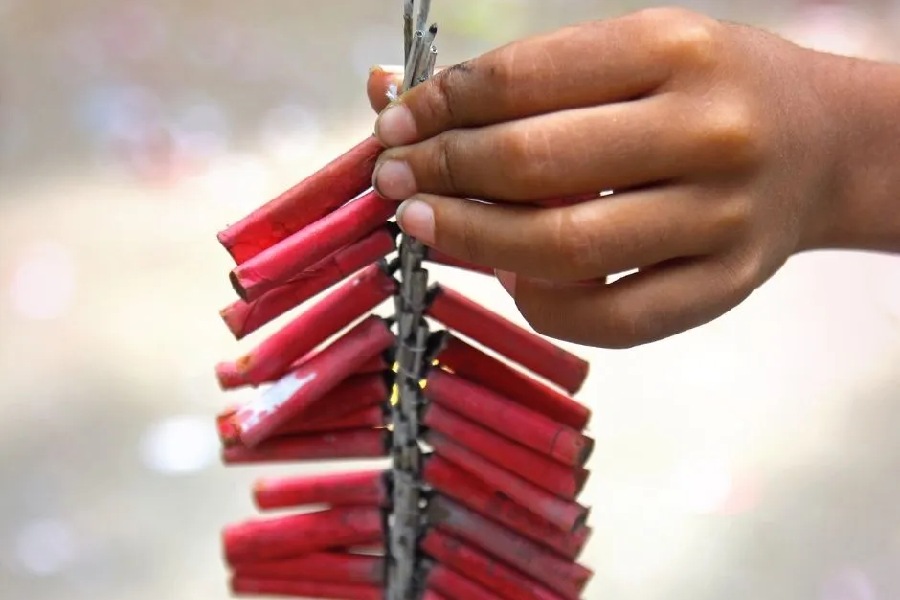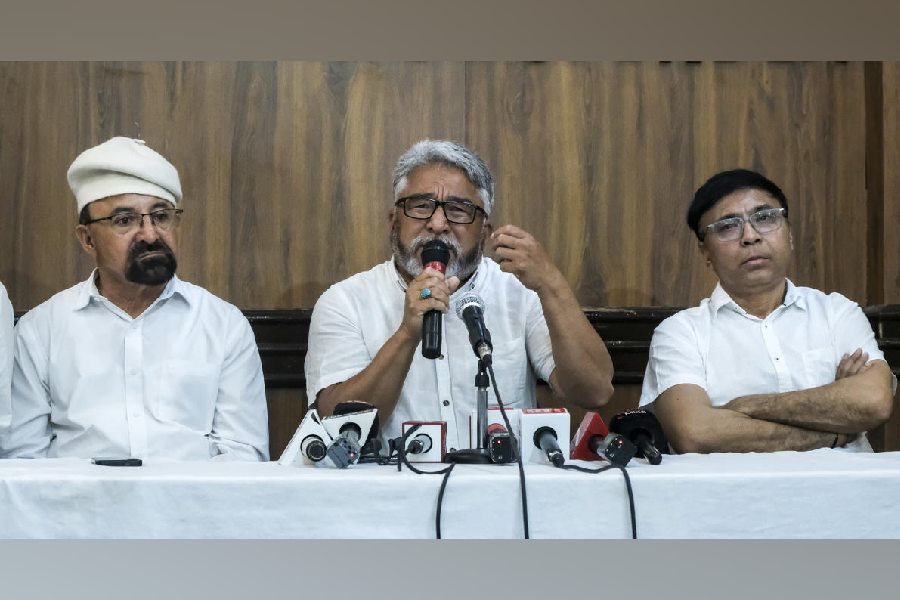
Monday evening saw the launch of a citizen's initiative, led by writer Amit Chaudhuri, to save the city's buildings.
Calcutta Architectural Legacies, or CAL, launched at Oxford Bookstore, has been carefully named. It is about rethinking what we mean by the words architecture and heritage and what name we give to our city - and saving the buildings that Calcutta should be proud of from being turned into multi-storeyeds.
It is also an attempt to move beyond "heritage" and take the initiative to everywhere in the city.
The city's vibrant built environment, its distinctive neighbourhoods, the paras, which Chaudhuri has been campaigning about for some time to protect from real estate developers, encompass far more than landmarks and gives Calcutta so much of its character.
"Architecture" is not limited to "heritage" structures alone, but present in every building. "Architecture needs to be talked about constantly. But it is not talked about in India," said Chaudhuri.
He spoke about a "huge disengagement" that the city may feel. People feel that things can't be done. There should be more awareness. If houses are to be saved, the people living in them must come on board.
Present at the launch, as part of the initiative, were conservation architect Partha Ranjan Das, G.M. Kapur of INTACH, activists Bonani and Pradeep Kakkar and Ram Ray, chairman, Response Group.
But first "heritage" needs to be rescued from the state government.
Das, who was part of the West Bengal Heritage Commission, said he had submitted in 2013 a proposal to the government to initiate TDR, transfer of development rights, a plan adopted successfully in Mumbai and Ahmedabad. TDR allows the owner of a house, heritage or otherwise, to retain a building, while a developer, who pays the owner, gets to build elsewhere, where new construction is not a problem.
But nothing has been heard about the government's views on the matter, because one is not even sure that the state heritage commission exists any more.
The commission worked for a three-year term from 2011, headed by artist Suvaprasanna, but after the completion of its term, when Suvaprasanna held a meeting of what he thought was the new commission, the members were told that the government had not approved of it.
The previous year, Das had also proposed an amendment to the West Bengal Heritage Commission Act that would identify and categorise heritage buildings in the city according to Unicef guidelines and introduce penalty for those who destroyed or defaced heritage structures.
On Monday, the panelists spoke about the role of the other government agency directly involved: the heritage committee under the Calcutta Municipal Commission. Bonani Kakkar and Kapur spoke about how the body surreptitiously de-lists heritage buildings, which makes them vulnerable to being destroyed and "developed".
Bonani Kakkar spoke about how old cinema houses in Bhowanipore were being razed one by one. Kapur spoke about the de-listing of Bishop's House on Russell Street in 2009, following which INTACH moved court and the building was "re-listed". By that time, an arch had been removed.
Such examples abound. Saving buildings is a cat-and-mouse game with the authorities.
Ray said that an effective communication plan should be evolved that would address all stake-holders.
The panel announced that it would make its own list of buildings that need to be saved - a citizens' list. It would be redefining heritage. It is about citizens.
The work has already begun, one hopes. Calling the initiative Calcutta Architectural Legacies and thereby keeping the city's old name is an act of conservation.
CAL is organising a two-day programme Triptych, celebrating architectural heritage of the Bhawanipore and Hindustan Park, on February 26 and 27.


